After tariffs and trade, the biggest question facing manufacturing executives these days is what to make of the newest wave of artificial intelligence and how it can be put to use in truly value-creating ways in factories. Far too often the answer is, “I just don’t know.”
At the 12th Annual Manufacturing Leadership Summit, held this past May, Dr. Chetan Gupta, GM of Hitachi’s Advanced AI Innovation Center and VP of the Industrial AI Laboratory, described how artificial intelligence is transforming manufacturing from traditional machine learning applications to more advanced generative AI implementations with an array of real-world case studies he’s currently either putting into play or has already put to use for the $66.3 billion industrial goliath and its clients.
While generative AI like ChatGPT has captured recent attention, Dr. Gupta emphasized that traditional machine learning has been delivering results in manufacturing for years. “What I want to tell you is that’s not the only form of AI that is important to you, especially in manufacturing. The traditional machine learning optimization have been extremely important, and that is something you should focus on,” Gupta explained. His team has successfully implemented AI solutions across maintenance, operations optimization, quality control and supply chain management for numerous customers.
Gen AI opens new possibilities in manufacturing.
The arrival of generative AI tools like ChatGPT has expanded AI’s potential across the entire manufacturing value chain. “When I was doing industrial AI 1.0, for example, [for manufacturers like you], you have to give me the machine learning model on your data. You’ll deploy it, you will use it in the field. But now GPT, you can ask a lot of it—it has a lot of general knowledge,” Gupta said. This has extended AI’s reach beyond the production floor to areas like supplier management, planning, field service and engineering processes.
Frontline worker assistance is an opportunity.
Despite mixed audience opinions on AI assistance for frontline workers, Gupta highlighted this as a key application. “This is my key project. This is what I really love—can I help the frontline worker with tools?” he said. Addressing workforce challenges, he added, “Young people don’t want to work on the shop floor anymore. It became a TikTok, right? So that’s the next generation part, but we still have to manufacture in this country, right?” AI-powered cross-training tools can help workers perform unfamiliar tasks effectively, extending their capabilities.
Define your opportunity—and avoid wasted effort.
For most projects—and all back-office systems—Gupta encouraged using ready-made solutions from existing vendors like Salesforce, Microsoft and others to allow you to focus energy for bespoke projects on areas of differentiation where your access to proprietary data, plus AI, could help build real business value. “For this, it is very difficult to get a [solution] that will be plug-and-play. The best way is to work with someone that knows how to do AI and build a solution that is tailored to your needs.”
Vet the vendors.
When asked about judging potential vendors, Gupta recommended beginning with well-defined, practical applications like automated RFP response systems. “It is not a very difficult problem. That can be a very good test for a vendor,” he advised. Another accessible starting point: “If you have a lot of manuals in your factory for maintenance, ask someone to put a chatbot on top of that, right? A straightforward task, it can be done in two days.”
Get the right team.
The pathway to success, he said, requires three key components working in harmony: “In my experience, the project has three teams that work seamlessly. So, one is the domain expert, the business owner… Then, you need a data guy who knows what data is in the organization, and then an AI guy, right? So these three are needed. If you have these three working together, then your chances of success are quite good.”
Looking ahead, Gupta sees manufacturing moving from “operational intelligence to organizational intelligence,” where AI not only makes individual operations more efficient but also optimizes entire organizational systems. His final advice for manufacturers: Start organizing your data now and tackle specific business problems with clear ROI potential. “If you don’t do it, your competition will do it,” he said. “So, there’s no way around it.”








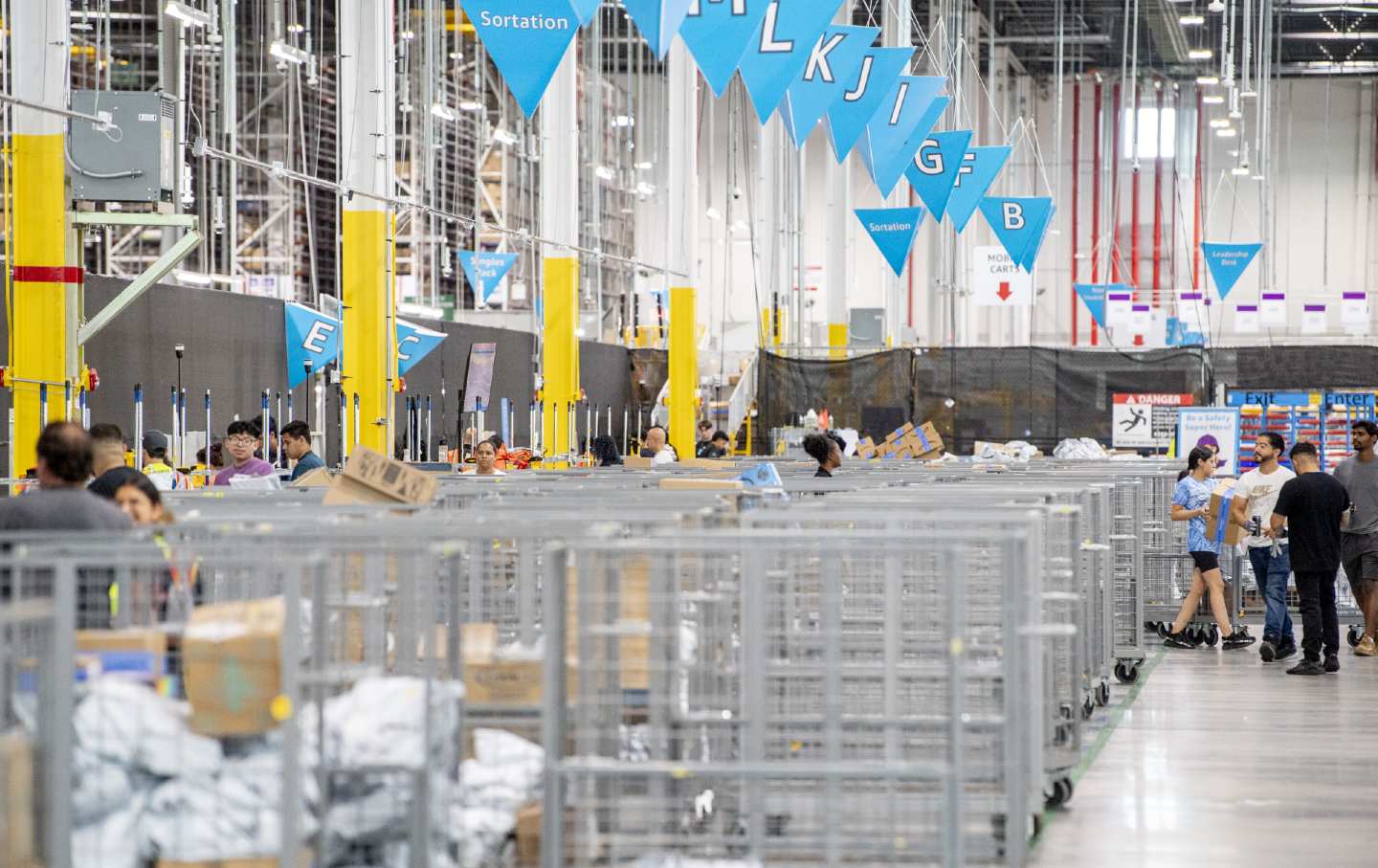




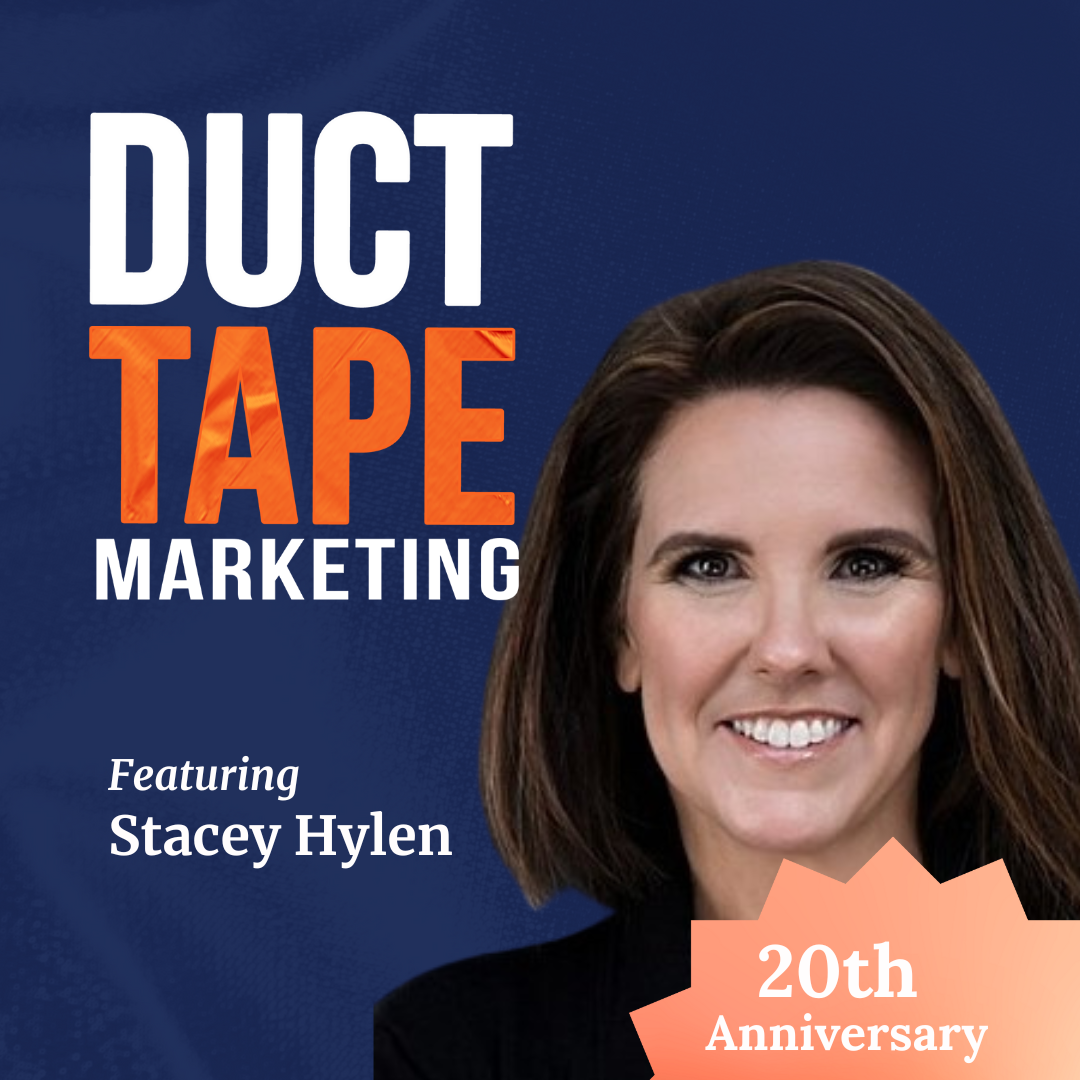

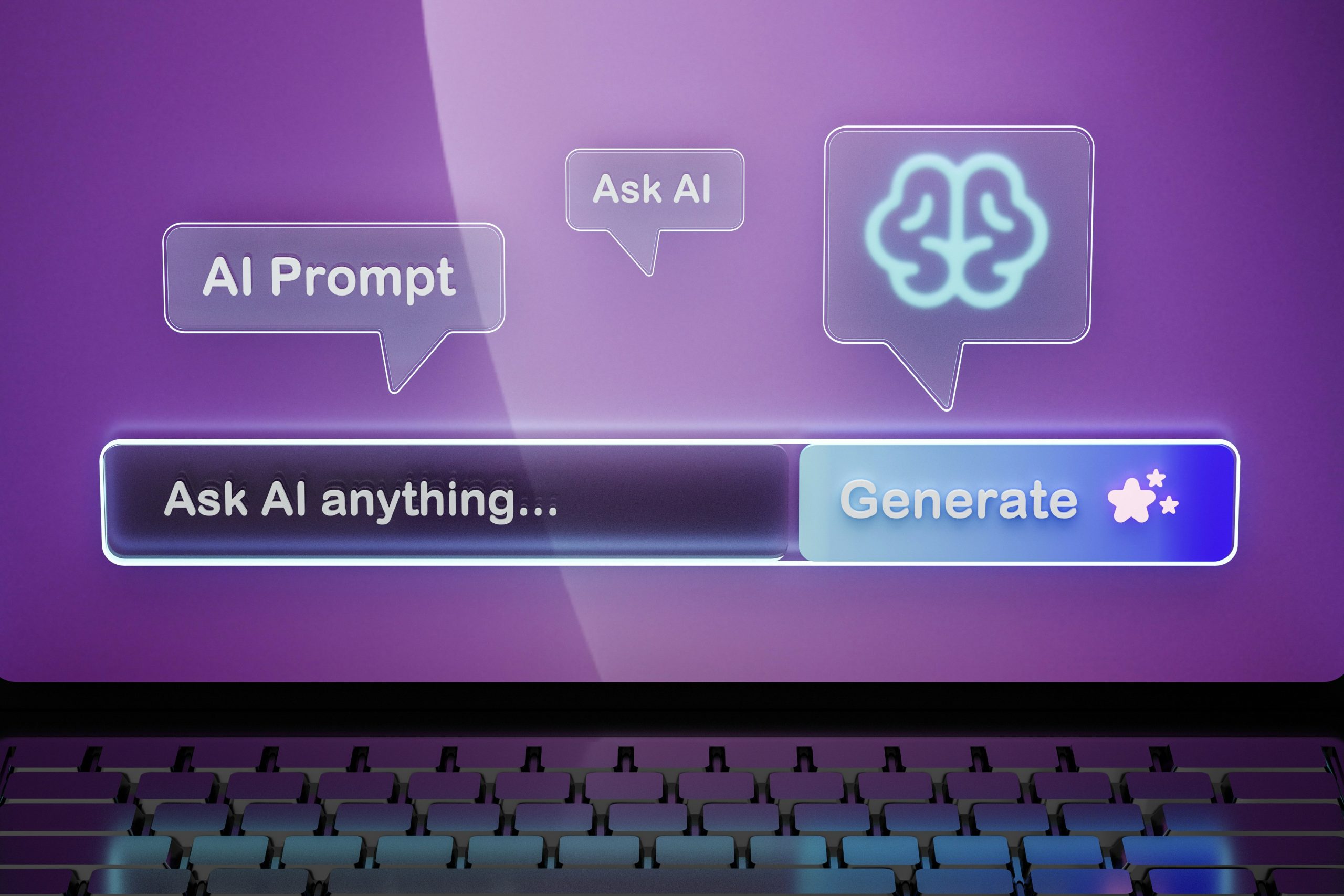






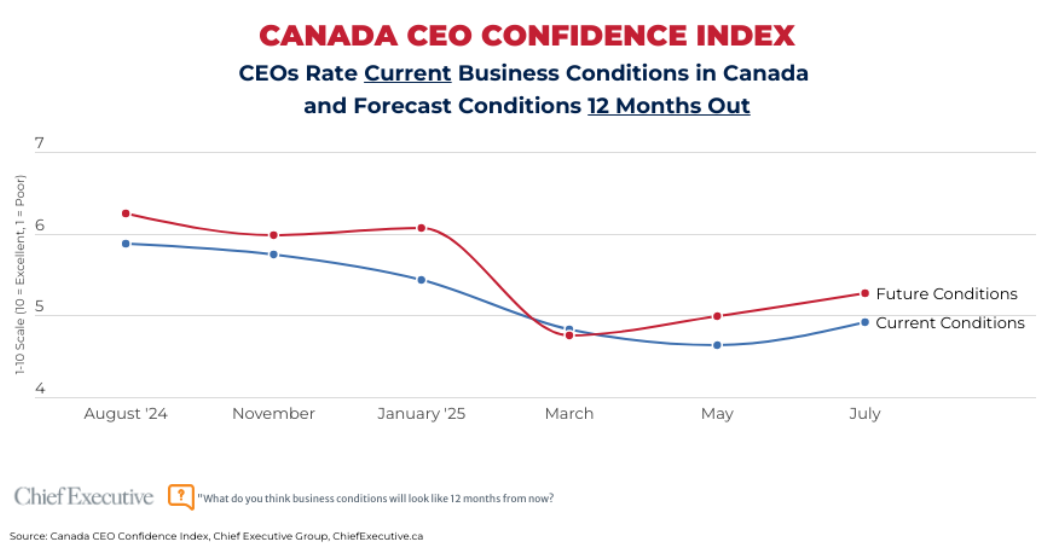





















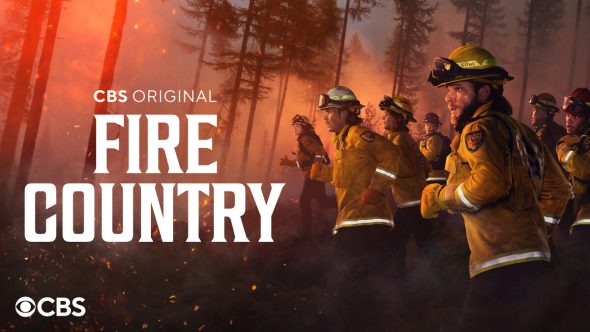









![LinkedIn’s Latest Ad System Updates [Infographic] LinkedIn’s Latest Ad System Updates [Infographic]](https://imgproxy.divecdn.com/sdY8vJ9z0swtAEBhcNRYyQkaf-m9gejqEsRp0OGXnFE/g:ce/rs:fit:1600:0/Z3M6Ly9kaXZlc2l0ZS1zdG9yYWdlL2RpdmVpbWFnZS9saW5rZWRpbl9hZHNfbmV3X2luZm9ncmFwaGljXzEucG5n.webp)










